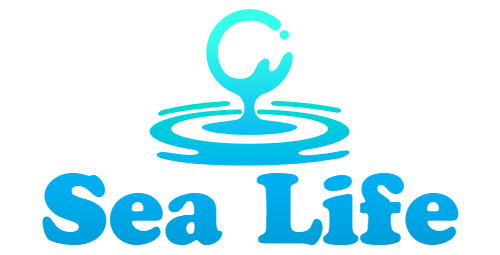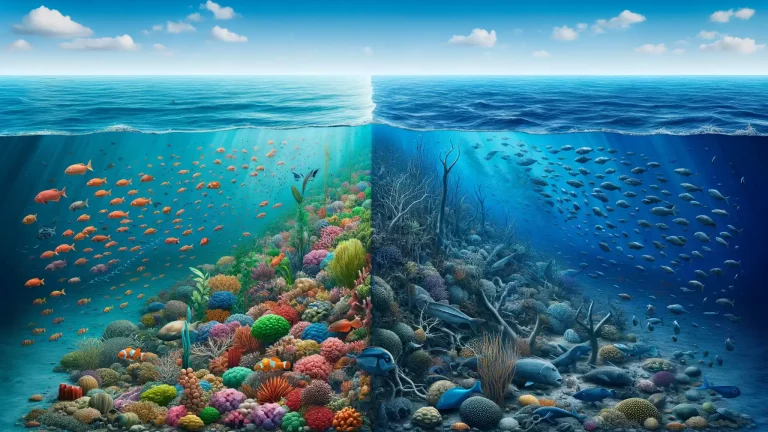What is Overfishing?
Imagine standing on a once-teeming beach, where the waves used to shimmer with schools of fish darting beneath the surface. Now, it’s eerily quiet—no silver streaks, no fishermen casting joyful nets. This is the silent reality caused by overfishing.
When Fishing Turns into Overfishing
Overfishing happens when humans catch so many fish that the population can’t replenish itself fast enough. It’s like pulling more money out of your savings account than you’re putting in—eventually, the balance runs dry. But here, it’s not just numbers; it’s life.
Some of the most affected species are large predators such as bluefin tuna and sharks. Why? Because they grow slower, reproduce less often, and can’t keep up with the overzealous demand for fresh sushi or shark fin soup. It’s a vicious cycle fueled by unsustainable fishing techniques like:
- Bottom trawling: Dragging heavy nets across the seafloor, destroying habitats and scooping up everything in their path.
- Overuse of fishing fleets: Too many boats hunting too few fish, leaving entire ecosystems unbalanced.
It’s Not Just About Fish
Overfishing doesn’t just deplete fish populations—it ripples through the entire marine web of life. Coral reefs lose their grazers, dolphins face food shortages, and seabirds starve because we’ve taken too much from the ocean table. If this isn’t a wake-up call, what is?
Impacts of Overfishing on Marine Ecosystems
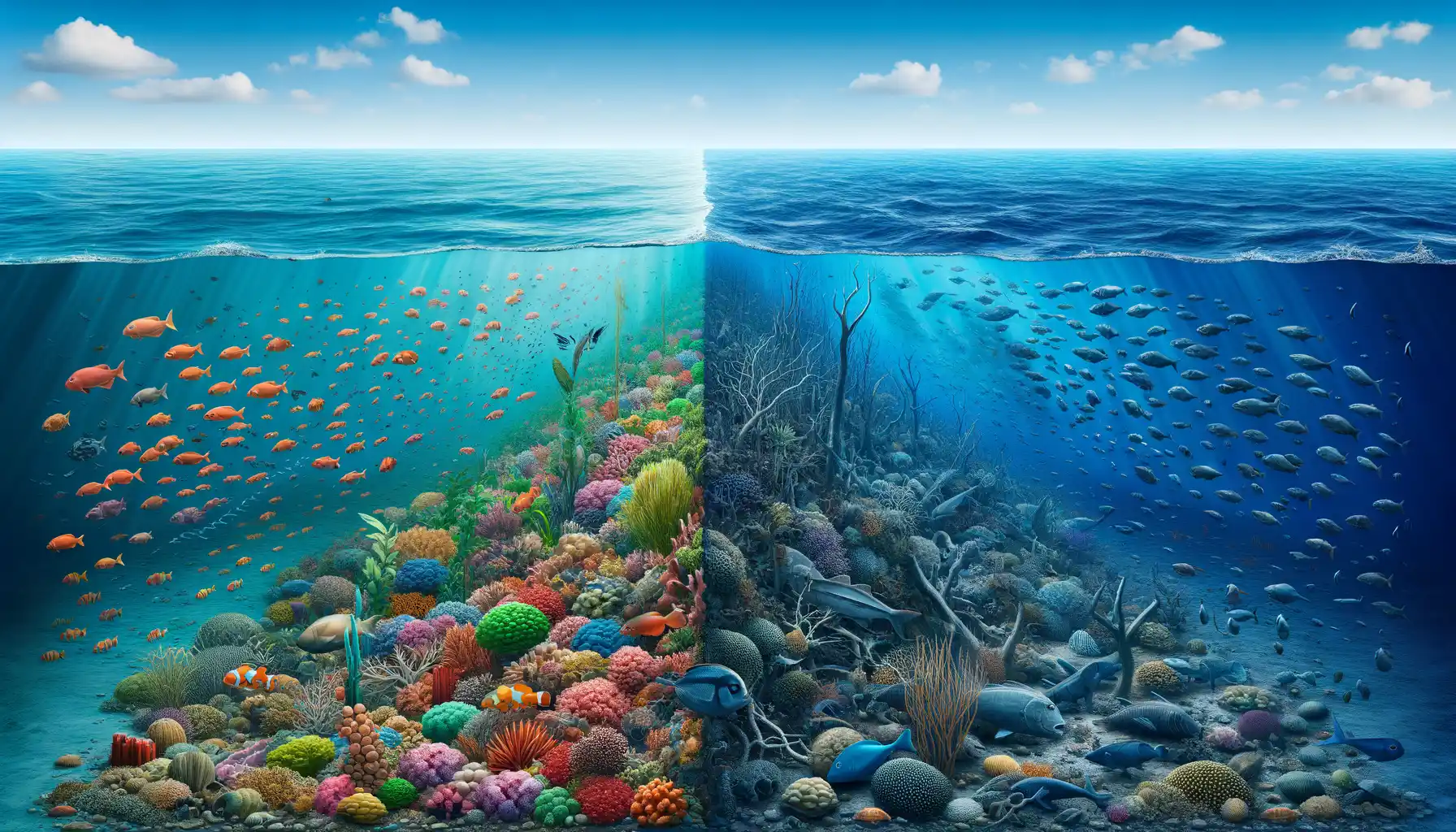
The Disruption Below the Waves
When we think of the ocean, it’s easy to picture a boundless blue expanse teeming with life. But beneath the surface, overfishing is stirring up turbulence that’s leaving marine ecosystems gasping for balance. Stripping the seas of certain species isn’t like plucking apples from a tree—it’s tearing apart a carefully woven web.
Consider this: when too many predators like tuna or sharks are hunted, their prey (like smaller fish or jellyfish) can explode in number, throwing the entire system off course. Coral reefs—a vibrant underwater city—can crumble when herbivorous fish, which maintain algae levels, vanish from the food chain. The result? An eerie underwater desert where life once thrived.
- Bycatch: Millions of sea creatures, like turtles and dolphins, are unintentionally caught in massive fishing nets meant for others.
- Habitat Destruction: Bottom trawling scrapes the ocean floor bare, obliterating nurseries and homes for countless species.
Ripple Effects Beyond the Fish
Think it’s only fish that are affected? Not so fast. Seabirds that thrive on small fish now struggle to feed, their colonies thinning. What about coastal communities? Empty waters mean fewer fishing jobs, rippling uncertainty into families relying on these bounties. Overfishing doesn’t just harm the ocean—it strikes at the heart of human connection to the sea.
Economic and Social Consequences of Overfishing
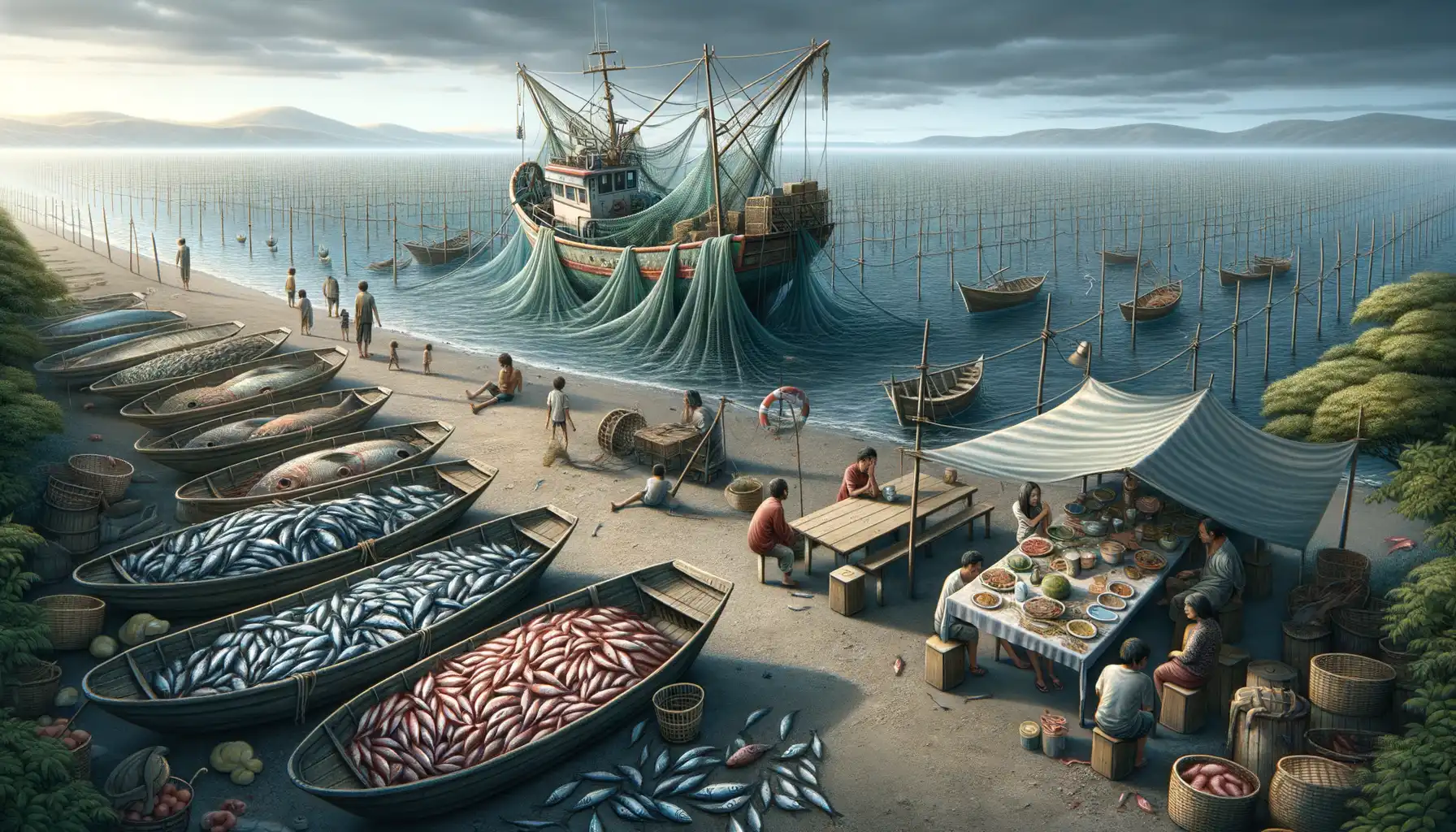
The Ripple Effect on Coastal Communities
Overfishing doesn’t just harm life beneath the waves—it strikes at the heart of human communities. Picture bustling harbors that once thrived with fishermen hauling plentiful catches. Today, many of these boats sit idle, their nets far lighter than they were a decade ago. The reason? Fishing stocks have plummeted, leaving livelihoods adrift.
For coastal villages and cities, this isn’t just about empty nets; it’s about lost incomes, fewer jobs, and broken traditions passed down through generations. When families rely on fishing for survival, overfishing feels like pulling the rug out from under them. Imagine parents struggling to pay for their children’s education because the sea no longer provides as it once did.
What’s worse? It’s not just small-scale fishermen feeling the pinch. Entire industries tied to seafood—restaurants, markets, canneries—are facing economic whirlwinds. Even tourism can take a hit when marine biodiversity vanishes. Who wants to snorkel in lifeless waters?
Rising Costs, Fewer Benefits
Here’s the catch-22: as fish populations shrink, the cost of fishing skyrockets. Boats must venture farther offshore, burning more fuel and spending more time to catch fewer fish. And when supply diminishes, prices soar, making seafood harder to afford for everyday consumers.
- Food insecurity: In some regions, overfishing turns a once-reliable protein source into a luxury item.
- Economic inequality: Large corporations with advanced technologies often outcompete small-scale fishers, creating an uneven playing field.
Every dollar lost is more than an economic statistic—it’s a story of resilience being tested and livelihoods hanging by a thread. Overfishing isn’t just an environmental problem; for many, it’s deeply personal.
Efforts to Combat Overfishing
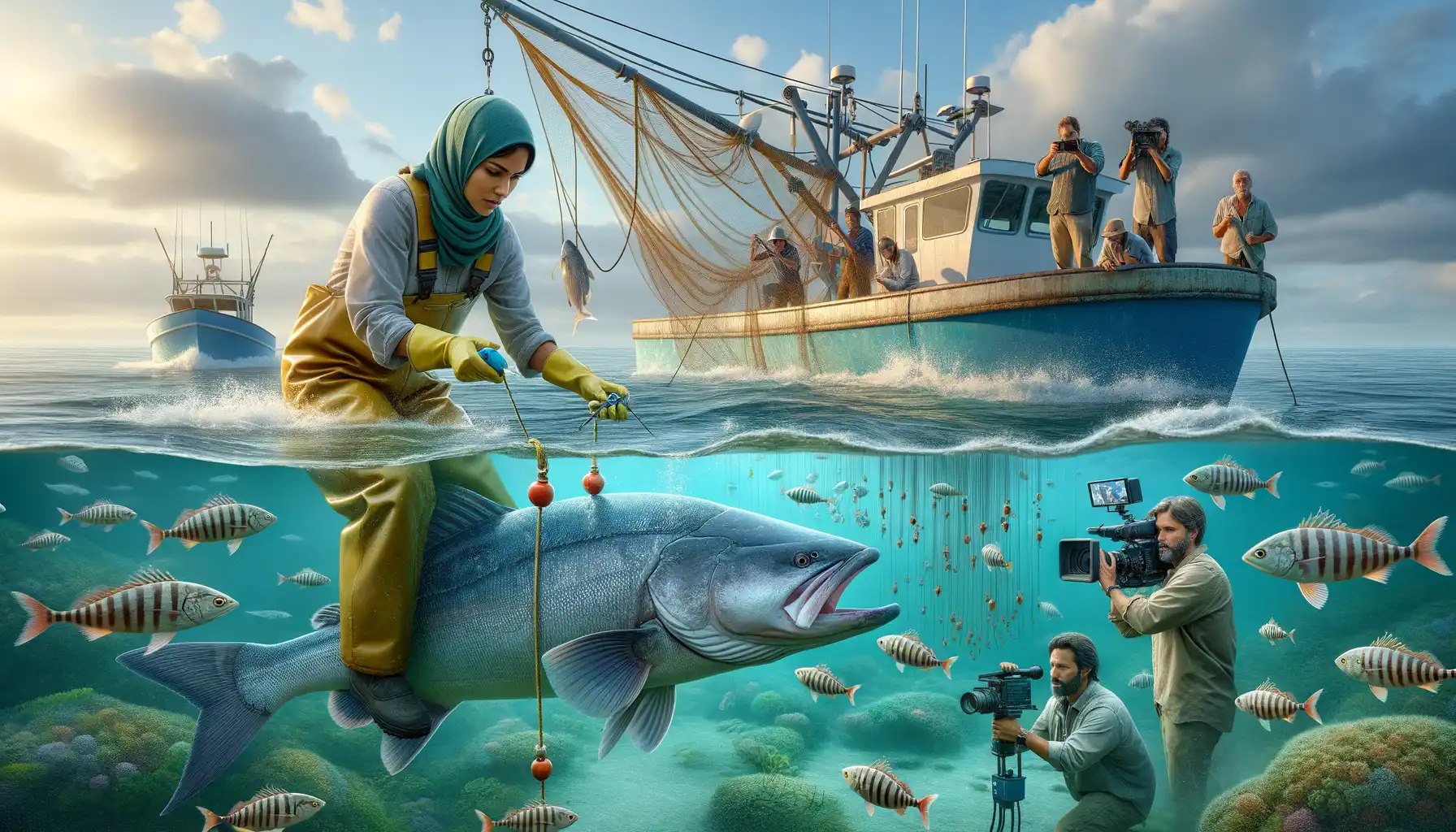
Innovative Strategies to Protect Marine Life
Overfishing isn’t just a far-off problem plaguing distant seas—it’s happening in waters near and dear to us, threatening the seafood on our plates and ecosystems we cherish. But here’s the good news: incredible efforts are underway to push back against this tide of destruction.
One major weapon in the fight? Marine Protected Areas (MPAs). Think of them as safe havens for fish and other marine creatures—like national parks, but underwater. By restricting fishing in these zones, species can mature, reproduce, and rebuild dwindling populations.
Another key initiative is enforcing catch limits. You wouldn’t empty your bank account without saving first, right? Similarly, governments are setting strict quotas to ensure fish stocks don’t hit zero. Monitoring technologies like satellite tracking help keep rogue fishing vessels in check, too.
- Community-led initiatives empower local fishers to adopt sustainable practices.
- Organizations like Oceana or WWF are lobbying for stronger policies worldwide.
These efforts, combined with the growing consumer demand for ethically sourced seafood, give us hope. When you choose sustainably caught fish, you’re taking a stand for oceans bursting with life.
Solutions and Sustainable Fishing Practices
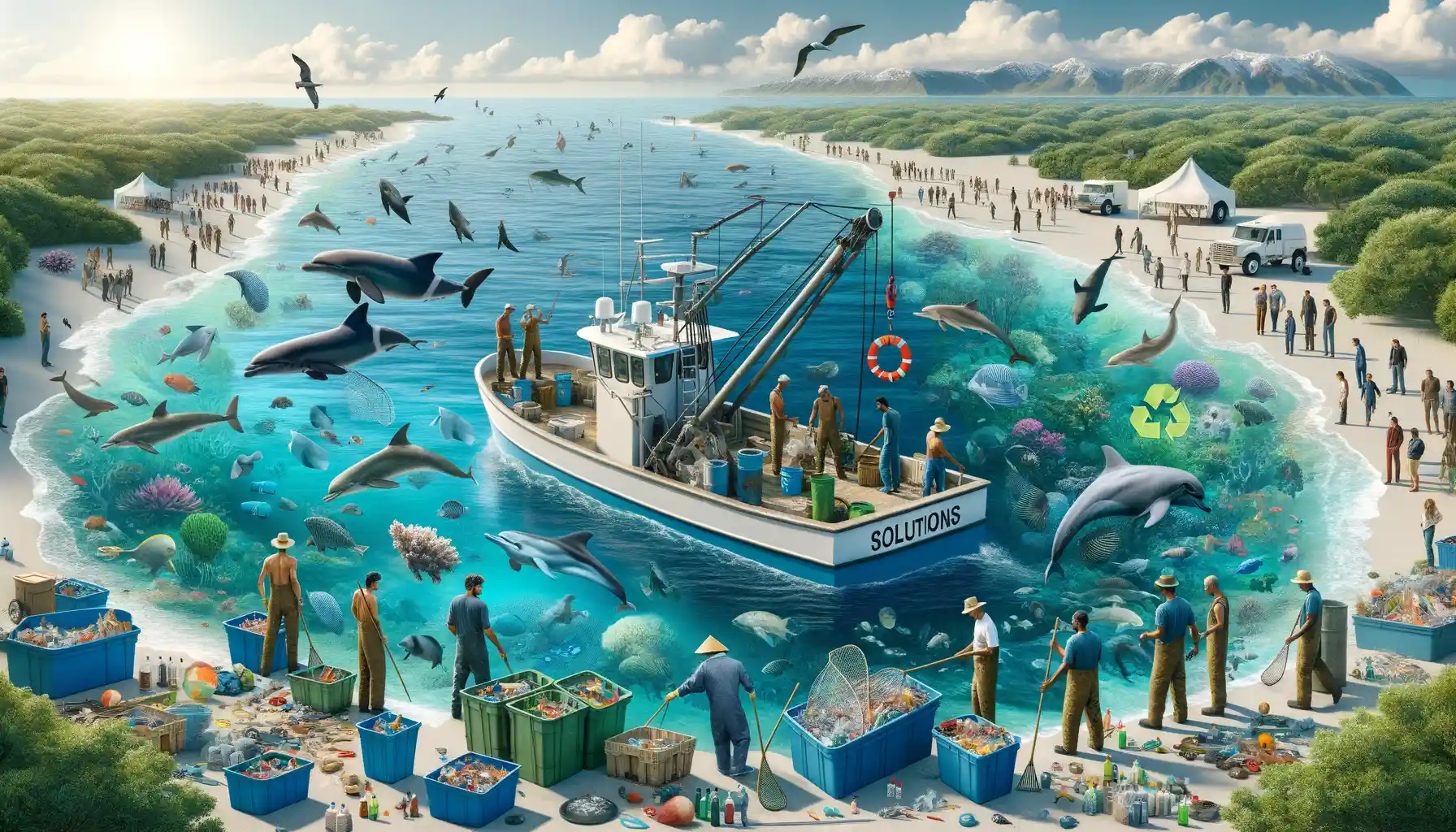
Reeling in Change: How We Can Fish Smarter
Imagine pulling up a massive fishing net, only to find it filled with baby fish that haven’t had the chance to grow—or worse, endangered species gasping for life. These are the heartbreaking consequences of unsustainable fishing practices. But here’s the good news: we have solutions to turn the tide!
One powerful approach is adopting sustainable fishing certifications, like those from the Marine Stewardship Council. By supporting fisheries that meet rigorous standards, we’re voting with our wallets for ocean-friendly practices. Think of it as giving Mother Nature a much-needed high-five.
Then there’s the magic of innovation. Technologies like bycatch reduction devices (yes, they exist!) help fishermen release non-target species safely back into the water. And let’s not forget marine protected areas—these underwater “no-fishing zones” give ecosystems the breathing space they need to thrive.
- Choose local, seasonal seafood—it reduces dependence on heavily fished species.
- Advocate for policies like stricter quotas or gear modifications that protect fragile habitats.
Every effort counts. Together, we can rewrite the story for our oceans and ensure thriving waters for generations to come.
